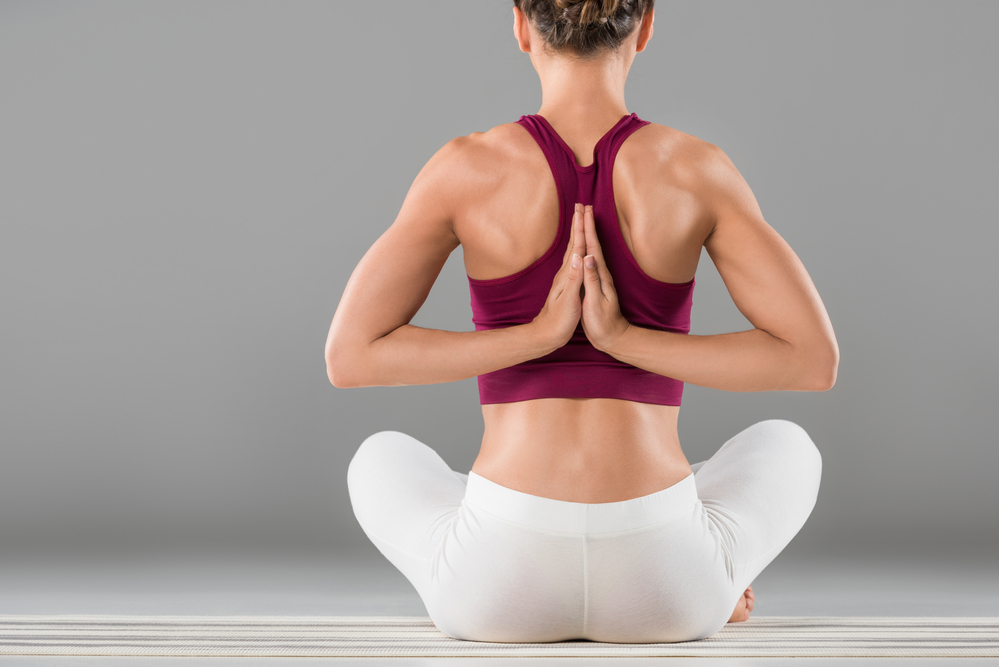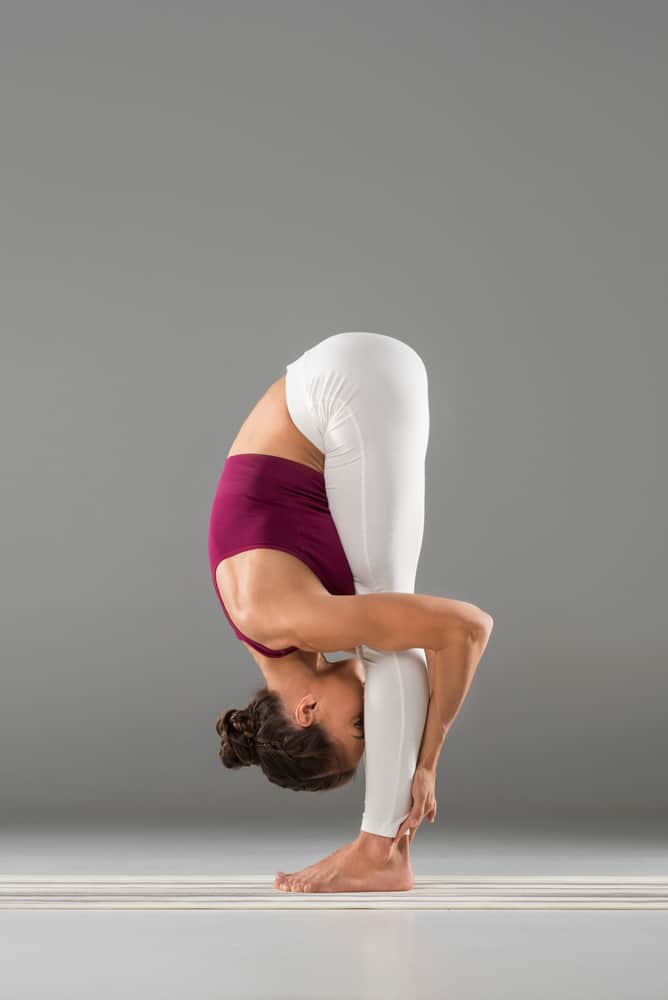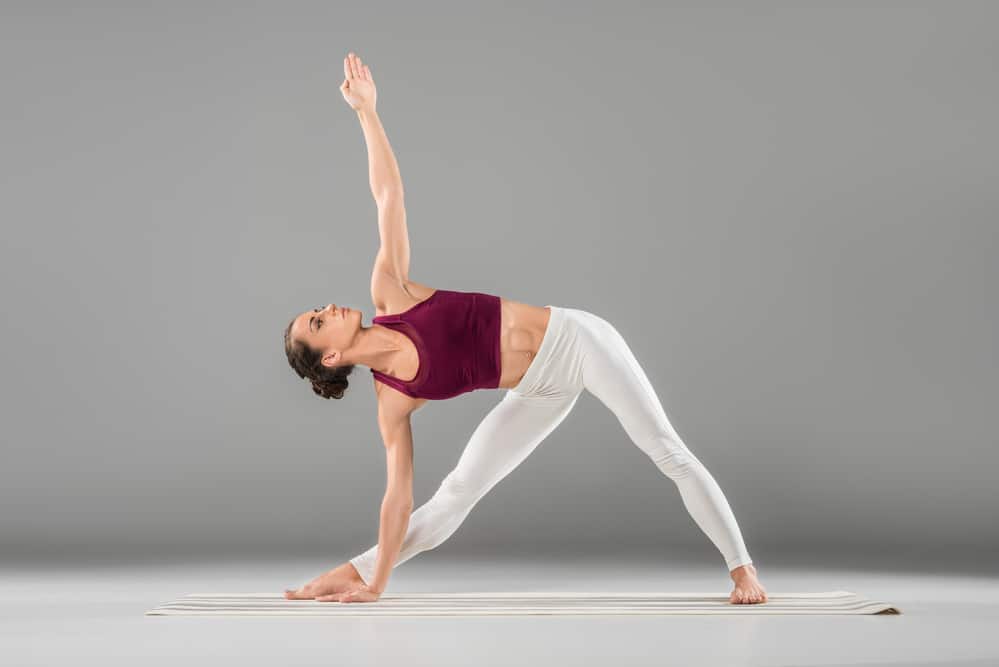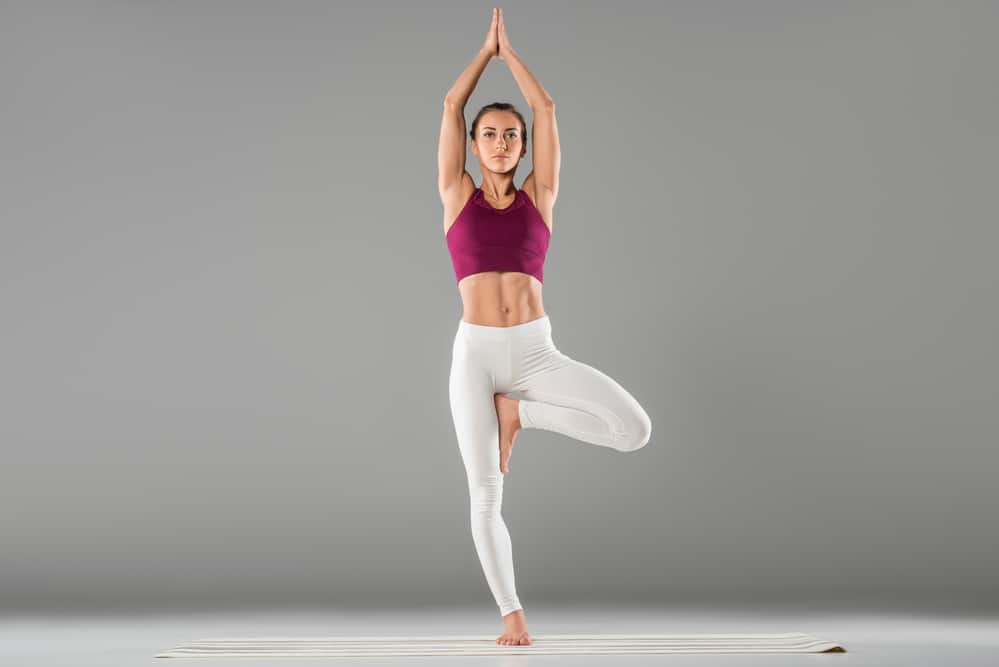
If you are experiencing weight loss, are constipated, feeling dizzy, or spaced out, have dry skin, or have pain and stiffness in the joints, you might be having an imbalance in your Vata dosha. Now, how to balance Vata dosha?
The imbalance in the Vata dosha results from excessive intake of dry, crispy, rough, pungent, bitter, astringent, and cold food. A purposeless, unstructured, inconsistent, and stressful lifestyle will also aggravate Vata.
If you are not sure what you dosha is, get your free dosha blueprint below.
How to balance Vata dosha
You can balance Vata dosha by avoiding cold frozen foods and extreme cold weather. Always keep yourself warm, and eat warm meals. An Ayurveda daily routine with plenty of rest also helps to balance Vata dosh. A self-massage aka Abhyanga with Vata-pacifying oils is also good for pacifying Vata.
Vata Dosha can also be balanced through the five senses and with Yoga Asanas, here is how.
How to balance Vata dosha through the five senses
Sound
Sound is our primary sense, and every sound has a psychological effect. Therefore the sound can either calm or aggravate a particular dosha. Relaxing sounds like chants or flute, harp, and guitar calm Vata dosha.
Touch
The sense of touch can affect our body and mind profoundly. And a massage is a fantastic way to calm the doshas. Ayurveda suggests heavier and warm oils like sesame and almond for Vatas.
Sight
Different colors & images can also affect our body and mind. They can either relax or excite us. Colors such as mild pastel shades, earthy tones, blues, and browns balance the Vata dosha.
Taste
You can balance Vata dosha by eating more sweet, sour, and salty tastes. Click here to read all about the six tastes of Ayurveda.
Smell
You can balance Vata with warm, sweet, fruity, and floral aromas, such as rose, orange, clove, vanilla, and geranium.
How to balance Vata Dosha with Yoga Asanas
Yoga asanas are a great and my favorite way to calm the doshas. Each asana stimulates one of the five elements in the body.
To decrease Vata dosha, you can practice the following poses:
Mountain Pose
INSTRUCTIONS:
- Stand at the front of your mat with your feet shoulder hip-width apart
- Balance your weight equally on both feet
- Keep your neck long, chest open, and chin parallel to the floor
- Make sure your shoulders are relaxed
- Your palm facing forward and elbows close to the body
- Look straight in front of you
- Lift yourself gently up from the crown of your head and keep extending upwards through the spine
- It is ok to bend your knees slightly
- Engage your hips and keep your navel pulled in
- From the sides, lift both the arms and interlace the fingers
- Gently lift yourself and extend your spine
Standing Forward Bend

INSTRUCTIONS:
- Stand straight with your feet together or hip-width apart and your arms beside the body.
- Balance your weight equally on both feet.
- As you breathe in, extend your arms over your head.
- And as you breathe out, bend forward from the hips down towards the feet.
- Stay in the posture for 20-30 seconds and continue to breathe deeply.
- Keep the legs and spine erect; hands resting either on the floor, beside the feet, or on the legs.
- Move your chest towards your knees; lift the hips and tailbone- higher, press the heels down, and let the head relax.
- Keep breathing deeply.
- As you breathe, stretch your arms forward and up and slowly come back up to the standing position.
- S you breathe out, bring your arms to the sides.
In standing forward bend, you stretch all the muscles of the back of your body. This pose increases the flow of blood and stimulates the nervous system. And it tones all the abdominal organs.
You may avoid this pose if you suffer from back conditions such as Sciatica, Slip disk, or Cervical, or if you have high blood pressure, heart conditions, vertigo, or any abdominal hernia or ulcer.
Triangle Pose

INSTRUCTIONS:
- Stand in Tadasana, Mountain Pose
- Open your feet about three feet width apart, a little wider than shoulder-width apart.
- Turn the right foot at an angle of 90° to the right side.
- Make sure both feet are in a straight line, and the right heel is in line with the center of the left foot.
- Stretch the arms sideways at shoulder level so that they are in a straight line.
- Your face, chest, and pelvis face the front.
- Slide your arms to the right as far as you comfortably can, make sure the chest does not bend forward, and the pelvis is still facing the front.
- Breathe in, and as you breathe out, bend towards the right with the pelvis still facing forward.
- Place the right hand, wherever you can reach, on the right leg- the thigh, knee, calf, ankle, or foot.
- Your left hand goes straight up, and both arms should be in one straight line, perpendicular to the floor.
- Turn the left palm forward.
- Look up towards your left palm. If you have neck issues, don’t turn the neck. Continue looking straight ahead or down towards the floor.
- As you breathe in return to the upright position with the arms still in one straight line.
- As you breathe out, relax your arms.
- Repeat on the opposite side.
The triangle pose improves digestion, stimulates the appetite, and alleviates constipation. It stretches the muscles at the sides of the chest, the hips, arms, thighs, waist, and hamstring. Plus, it strengthens the pelvic area and tones the reproductive organs.
You may avoid this pose if you have any leg injuries or injuries in the sacrum region.
Tree Pose

INSTRUCTIONS:
- Stand in Tadasana, Mountain Pose
- Bend your right knee and place the right foot high on your left inner thigh.
- Make sure that your left leg is straight.
- Find your balance.
- Once you are balanced, take a deep breath in, and gently raise your arms from the sides over your head, and bring your palms together in ‘Namaste’ mudra (hands-folded position).
If you have high blood pressure, you may do this pose without raising your hands over your head, as this may further increase your blood pressure.
- Make sure the biceps are touching the ears.
- Look straight ahead in front of you, at a distant stationary object. A steady gaze helps you to maintain your balance.
- Make sure your spine is straight, and your entire body is stretched like a stretched elastic band.
- Keep taking in long deep breaths. With each exhalation, relax the body more and more.
- Just be with the body and the breath with a gentle smile on your face.
- With slow exhalation, gently bring down your hands from the sides.
- Gently release the right leg.
- Repeat this pose with the opposite leg.
This asana is a balancing pose. It stretches the legs, arms, and back, bringing balance to mind and improving concentration.
You may avoid this pose if you suffer from migraines, insomnia, low or high blood pressure.
Seated Forward Bend
INSTRUCTIONS:
- Sit on the floor with your legs stretched out, toes pointing towards the ceiling.
- Make sure your knees and feet are together, and gently place your hands on your knees.
- As you breathe in, raise both your arms up and stretch your spine.
- And as you breathe out, slowly and gently bend forward from your hips, and stretch your hands.
- Keep your spine stretched and slowly bring your chest to your thighs and focus on moving forward towards the toes, rather than trying to touch the forehead to the knees.
- Place your hands on your legs, your ankles, or any part of the legs that you can comfortably reach.
- If you are flexible, grab your toes and pull on to them so you can go deeper into the pose.
- Your arms should be parallel to your lower legs and your elbows touching the floor.
- As you breathe in, gently lengthen your spine.
- As you breathe out, gently move your navel towards the knees and hold this position.
- Hold it for as long as it is comfortable for you.
- Stretch the arms out in front.
- Breathe in and bring yourself back up into the sitting position
- Breathe out and relax your hands
The seated forward bend stretches the spine and makes it flexible. It helps to increase your height if you are still young and growing. It massages and tones the abdominal-pelvic organs, including the liver, pancreas, spleen, kidneys, and adrenal glands.
It is superb for women after delivery. A regular Practice of the seated forward bend cures impotence and enhances sexual appetite.
You may avoid the seated forward bend if you suffer from a slipped or herniated disc or sciatica. If you have diarrhea, painful and enlarged liver and spleen, appendicitis, and asthma.
You may place a thin blanket underneath your tail bone and or knees if they hurt.
Bridge Pose
INSTRUCTIONS:
- Lie down on your back.
- Fold your knees and keep your feet hip-distance apart on the floor, 10- 12 inches from your pelvis, with knees and ankles in a straight line.
- Keep your arms beside your body with your palms facing down.
- As you inhale, slowly lift your lower back, middle back, and upper back off the floor.
- Gently roll in the shoulders.
- Keep your chin relaxed and support your weight with your shoulders, arms, and feet.
- Keep breathing.
- Both your thighs should be parallel to each other and the floor.
- Exhale slowly and come out of the posture
Shoulderstand
INSTRUCTIONS:
- Lie down on your back
- Make sure your head, spine, and legs are aligned and your feet together.
- Place your hands beside your body with the palms facing down.
- As you inhale, contract the abdominal muscles, roll the knees towards the face, and lift the hips up.
- Place your palms on your back and bring the elbows closer to each other.
- As you exhale, slowly take the knees over your head and make the spine long and erect with the support of your hands.
- As you inhale, straighten the legs up, bringing the heels, hips, and shoulders in one straight line perpendicular to the floor.
- As you exhale, gently push the chest forward so that it presses firmly against the chin.
- Keep breathing
- Focus your eyes on your toes, and don’t turn your head sideways
- The weight of the body is on the shoulders and not on the neck.
- As you inhale, gently roll your knees down, and as you exhale, slowly come out of the posture.
The shoulder stand stimulates the thyroid and parathyroid glands and enhances their functions. It strengthens the arms and shoulders, keeps the spine flexible, and brings relief from constipation, indigestion.
In cases of Cervical Spondylitis, Swollen Thyroid Gland, High Blood Pressure, and Heart Issues, you may avoid this pose.
Fish Pose
INSTRUCTIONS:
- Lie down on your back with the hands under the buttocks, palms facing the floor, and elbows close to each other
- Make sure the legs are straight.
- Gently press your forearms and elbows onto the mat and lift your chest while arching your back.
- Lift your shoulder blades and upper chest off the floor, then tilt your head back and bring the crown of your head to the floor.
- The body weight should remain on the arms and elbows.
- Hold the position for 5-7 deep breaths.
- Inhale, press the elbows down, lift the body up from the waist, straighten the head, relax the chest, and as you exhale, come down on the mat.
Additional Resources
- An Introduction to Ayurveda
- Ayurveda Lifestyle & Daily Routines
- I am a Vata, and here’s what I eat in a day
If you enjoyed these Asanas, please make sure to leave us a comment below. We love to hear from you.